Home>Gardening & Outdoor>Landscaping Ideas>What Grass Looks Like St. Augustine
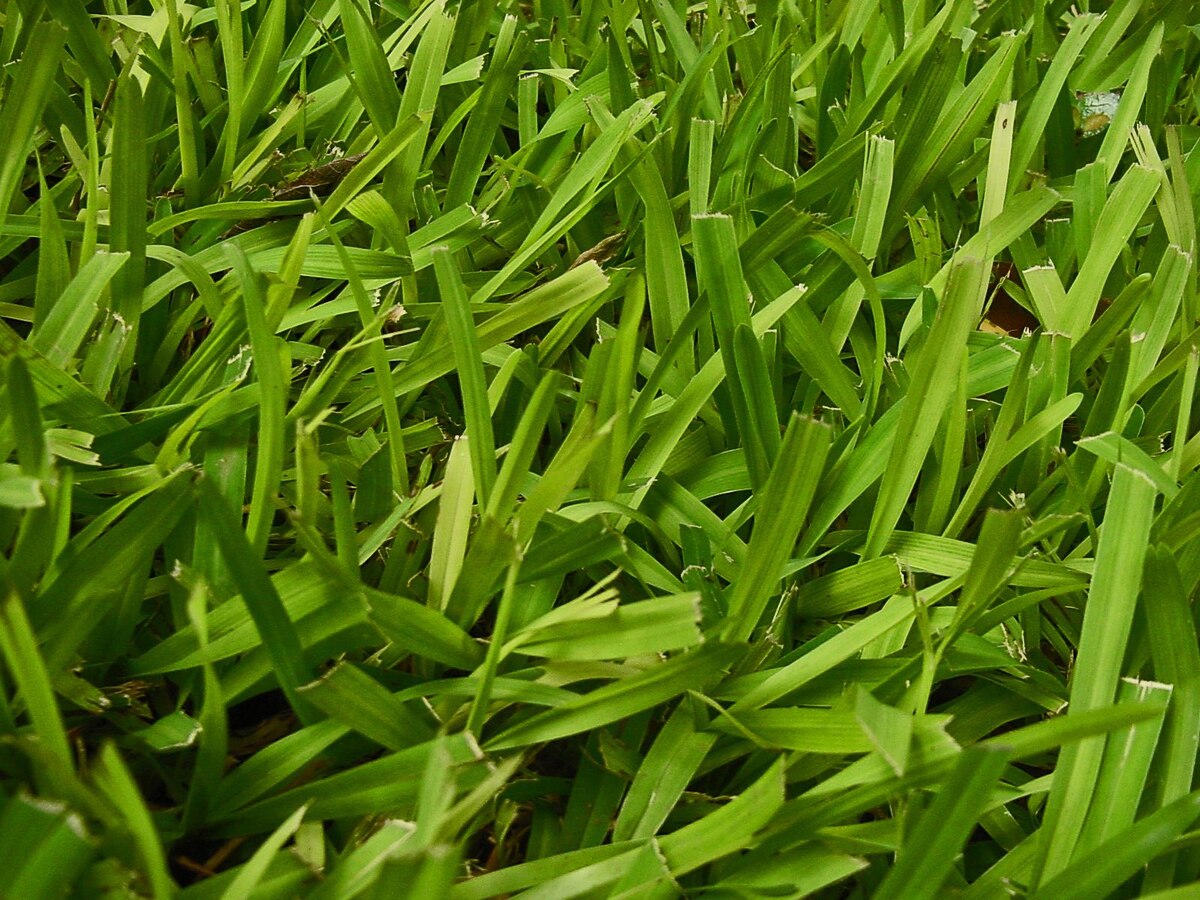

Landscaping Ideas
What Grass Looks Like St. Augustine
Modified: September 2, 2024
Discover the best landscaping ideas for St. Augustine grass to enhance your outdoor space. Learn what grass looks like St. Augustine and how to maintain it for a vibrant lawn.
(Many of the links in this article redirect to a specific reviewed product. Your purchase of these products through affiliate links helps to generate commission for Storables.com, at no extra cost. Learn more)
Introduction
So, you're considering St. Augustine grass for your lawn? Great choice! St. Augustine grass is a popular choice for lawns due to its lush, green appearance and ability to thrive in warmer climates. Whether you're a seasoned gardener or a newcomer to the world of landscaping, understanding the characteristics, identification, growth, and maintenance of St. Augustine grass is crucial for achieving a healthy and vibrant lawn.
In this comprehensive guide, we'll delve into the world of St. Augustine grass, exploring its unique characteristics, the process of identifying it, best practices for growth and maintenance, as well as common issues that may arise. By the end of this article, you'll have a deeper understanding of St. Augustine grass and be well-equipped to nurture a stunning lawn that will be the envy of your neighborhood. Let's dive in and uncover the secrets to cultivating beautiful St. Augustine grass!
Key Takeaways:
- St. Augustine grass is a lush, shade-tolerant, and adaptable warm-season grass that thrives in warm climates, making it a top choice for creating vibrant and resilient lawns in tropical and subtropical regions.
- Identifying and nurturing St. Augustine grass involves understanding its unique characteristics, growth requirements, and potential challenges, allowing homeowners to cultivate a stunning and inviting outdoor space with proper care and attention.
Read more: What Does St. Augustine Grass Look Like
Characteristics of St. Augustine Grass
St. Augustine grass, scientifically known as Stenotaphrum secundatum, is a warm-season grass prized for its lush, dense growth and vibrant green hue. It boasts several distinct characteristics that set it apart from other grass varieties, making it a popular choice for lawns in warm and tropical regions. Here are the key characteristics of St. Augustine grass:
- Lush Appearance: St. Augustine grass is celebrated for its luxurious, dense growth, which creates a carpet-like appearance across lawns. Its broad, flat blades contribute to its lush and visually appealing texture, adding a touch of elegance to outdoor spaces.
- Tolerance to Shade: Unlike many other warm-season grasses, St. Augustine grass exhibits impressive shade tolerance, making it an ideal choice for lawns with partially shaded areas. This characteristic allows it to thrive in diverse light conditions, enhancing its versatility.
- Adaptability to Warmer Climates: St. Augustine grass excels in regions with warm and humid climates, thriving in temperatures between 80 and 100 degrees Fahrenheit. Its ability to withstand heat and humidity makes it a top pick for homeowners in tropical and subtropical regions.
- Aggressive Growth: This grass variety is known for its vigorous lateral growth, rapidly spreading to fill in bare patches and create a dense turf. Its aggressive growth habit contributes to its ability to outcompete weeds, promoting a healthier and more robust lawn.
- Drought Resistance: While not as drought-tolerant as some other warm-season grasses, St. Augustine grass exhibits moderate drought resistance, making it suitable for areas with periodic water restrictions. Adequate watering is essential for maintaining its lush appearance during dry spells.
- Salt Tolerance: St. Augustine grass displays a degree of salt tolerance, allowing it to thrive in coastal areas where soil salinity may be a concern. This characteristic makes it a viable option for lawns near the coast or in regions with saline soils.
Understanding these characteristics is essential for harnessing the full potential of St. Augustine grass in your lawn. Its unique traits contribute to its overall appeal and resilience, making it a valuable addition to landscaping projects in warm climates.
Identifying St. Augustine Grass
Recognizing St. Augustine grass amidst a variety of turf species is a valuable skill for homeowners and landscapers. By familiarizing yourself with its distinctive features, you can confidently identify this sought-after grass variety. Here are key indicators to help you identify St. Augustine grass:
- Leaf Shape and Texture: St. Augustine grass leaves are broad, flat, and smooth, with a boat-shaped tip. The blades typically measure 8-10mm in width and exhibit a vibrant green color, contributing to its lush appearance. When observed closely, the leaf edges may feature tiny hairs, adding to its unique texture.
- Stolon and Rhizome Growth: St. Augustine grass spreads through both stolons, which are above-ground stems, and rhizomes, which are below-ground stems. This growth habit results in a dense turf and aids in its ability to recover from damage, making it an excellent choice for high-traffic areas.
- Growth Pattern: When observing a St. Augustine lawn, you’ll notice its dense growth pattern, creating a thick carpet-like cover. The grass forms a uniform turf with a lush, velvety appearance, enhancing the aesthetic appeal of the lawn.
- Seed Head Appearance: St. Augustine grass produces seed heads that are characterized by a finger-like structure with branches radiating from a central point, resembling a hand. While mowing often prevents seed head formation, identifying this distinctive feature can aid in confirming the presence of St. Augustine grass.
- Shade Tolerance: St. Augustine grass exhibits notable shade tolerance, thriving in areas with partial shade. If you notice a grass variety flourishing in shaded sections of your lawn while maintaining its vibrant green color and dense growth, it is likely St. Augustine grass.
- Regional Suitability: Due to its preference for warm and humid climates, St. Augustine grass is commonly found in regions with mild winters and hot summers. Its ability to maintain its lush appearance in these conditions serves as a key indicator when identifying this grass species.
By familiarizing yourself with these distinguishing characteristics, you can confidently identify St. Augustine grass, ensuring that you provide it with the specific care and maintenance it requires to flourish. Understanding its unique traits is essential for nurturing a thriving lawn adorned with the beauty of St. Augustine grass.
St. Augustine grass has broad, flat blades with a blue-green color. It grows in a dense, carpet-like pattern and is commonly found in warm, humid climates.
Growth and Maintenance of St. Augustine Grass
Understanding the growth patterns and maintenance requirements of St. Augustine grass is essential for fostering a healthy and vibrant lawn. By implementing proper care practices, you can ensure that your St. Augustine grass thrives and maintains its lush appearance. Here are key insights into the growth and maintenance of St. Augustine grass:
- Optimal Growing Conditions: St. Augustine grass flourishes in well-drained soils with a slightly acidic to slightly alkaline pH range of 6.0 to 7.5. It requires adequate sunlight, ideally 6 to 8 hours of direct sunlight per day, to support its lush growth. Additionally, regular watering is crucial, especially during hot and dry periods, to maintain its vibrant green color and overall health.
- Mowing Practices: When mowing St. Augustine grass, it is recommended to set the mower blade at a height of 2.5 to 4 inches. This height range promotes a dense turf and aids in shading the soil, reducing weed competition. Avoid scalping the grass, as maintaining an appropriate mowing height contributes to its resilience and aesthetic appeal.
- Fertilization Schedule: Implement a fertilization schedule to provide essential nutrients for the grass’s growth. Apply a balanced fertilizer in early spring, followed by additional applications during the active growing season. However, it is important to avoid excessive nitrogen fertilization, as St. Augustine grass is sensitive to high nitrogen levels, which can lead to thatch buildup and increased susceptibility to pests and diseases.
- Watering Guidelines: Adequate and consistent watering is vital for the health of St. Augustine grass. It is recommended to water deeply but infrequently, promoting deep root growth and overall resilience. However, be cautious of overwatering, as excessive moisture can lead to fungal diseases. Adjust the watering frequency based on seasonal weather patterns and the grass’s specific needs.
- Weed Control: Implementing proper weed control measures is essential for maintaining the pristine appearance of a St. Augustine lawn. Regularly inspect the lawn for weeds and address them promptly. Additionally, promoting a healthy, dense turf through proper watering, mowing, and fertilization practices can help suppress weed growth.
- Pest and Disease Management: Stay vigilant for signs of pests and diseases that may affect St. Augustine grass. Common pests include chinch bugs and sod webworms, while diseases such as brown patch and gray leaf spot can pose challenges. Implementing integrated pest management practices and maintaining proper cultural care can help mitigate these issues.
By adhering to these growth and maintenance guidelines, you can nurture a thriving St. Augustine lawn that exudes beauty and vitality. Providing the necessary care and attention will ensure that your St. Augustine grass remains a stunning centerpiece of your outdoor landscape.
Common Issues with St. Augustine Grass
While St. Augustine grass is prized for its lush appearance and resilience, it is susceptible to a range of common issues that can impact its health and aesthetic appeal. Recognizing and addressing these issues promptly is essential for preserving the beauty of your St. Augustine lawn. Here are some prevalent issues to be mindful of:
- Chinch Bugs: These tiny pests can wreak havoc on St. Augustine grass, causing yellowing, wilting, and ultimately, large areas of dead turf. Chinch bugs thrive in hot, dry conditions, making regular inspection and early detection crucial for effective management.
- Sod Webworms: The larvae of sod webworm moths feed on St. Augustine grass, resulting in brown patches and thinning turf. Monitoring for signs of sod webworm activity, such as small moths flying low over the grass, can aid in early intervention to prevent extensive damage.
- Brown Patch: This fungal disease manifests as circular, discolored patches in the lawn, often accompanied by wilting and thinning grass. Brown patch thrives in humid conditions and can be exacerbated by excessive moisture and nitrogen levels, making proper watering and fertilization crucial for prevention.
- Gray Leaf Spot: Characterized by small, water-soaked lesions on the grass blades, gray leaf spot is a fungal disease that can lead to extensive turf damage if left unchecked. Adequate air circulation, proper watering practices, and avoiding excessive nitrogen fertilization can help mitigate the risk of gray leaf spot.
- Thatch Buildup: Overaccumulation of organic matter at the soil surface can lead to thatch buildup, hindering water and nutrient penetration. Dethatching or aerating the lawn can help alleviate thatch-related issues and promote a healthier turf environment.
- Weed Infestation: St. Augustine grass is susceptible to weed encroachment, which can detract from its lush appearance. Implementing proactive weed control measures, such as regular inspection and targeted herbicide applications, is essential for preserving the integrity of the lawn.
It is essential to address these common issues with proactive management practices and timely interventions. By staying vigilant and implementing appropriate care strategies, you can safeguard your St. Augustine lawn against these potential challenges, ensuring that it remains a vibrant and visually stunning focal point of your outdoor space.
Read more: What Kind Of Grass Is St. Augustine
Conclusion
Embarking on the journey of cultivating a lush and vibrant lawn with St. Augustine grass opens up a world of possibilities for creating an inviting outdoor oasis. By gaining a deeper understanding of this warm-season grass variety, including its distinctive characteristics, identification cues, growth and maintenance requirements, as well as potential challenges, you are equipped to embark on a rewarding landscaping adventure.
As you nurture your St. Augustine lawn, remember that proper care and attention are pivotal for its long-term health and beauty. From optimal growing conditions and meticulous maintenance practices to proactive pest and disease management, each aspect contributes to the overall resilience and allure of your lawn.
By embracing the unique traits of St. Augustine grass and harnessing its adaptability to warmer climates, you are poised to create a captivating outdoor space that beckons with its lush, velvety carpet of green. Whether you’re seeking a serene retreat for relaxation or a picturesque backdrop for outdoor gatherings, your St. Augustine lawn has the potential to fulfill these aspirations and more.
As you witness the graceful spread of this resilient grass variety and the transformation of your outdoor landscape, take pride in the nurturing role you play in fostering its growth. Your dedication to providing the optimal care and attention will be reflected in the expanse of vibrant green that adorns your lawn, captivating the admiration of onlookers and creating a welcoming ambiance.
In essence, your journey with St. Augustine grass transcends mere landscaping; it becomes a symphony of nature and human endeavor, harmonizing to create a living tapestry of beauty and tranquility. Embrace this journey with enthusiasm, and let the allure of St. Augustine grass weave its magic into the fabric of your outdoor sanctuary.
With each blade of grass swaying in the gentle breeze, may your St. Augustine lawn stand as a testament to your dedication and a testament to the timeless allure of nature’s splendor.
Frequently Asked Questions about What Grass Looks Like St. Augustine
Was this page helpful?
At Storables.com, we guarantee accurate and reliable information. Our content, validated by Expert Board Contributors, is crafted following stringent Editorial Policies. We're committed to providing you with well-researched, expert-backed insights for all your informational needs.
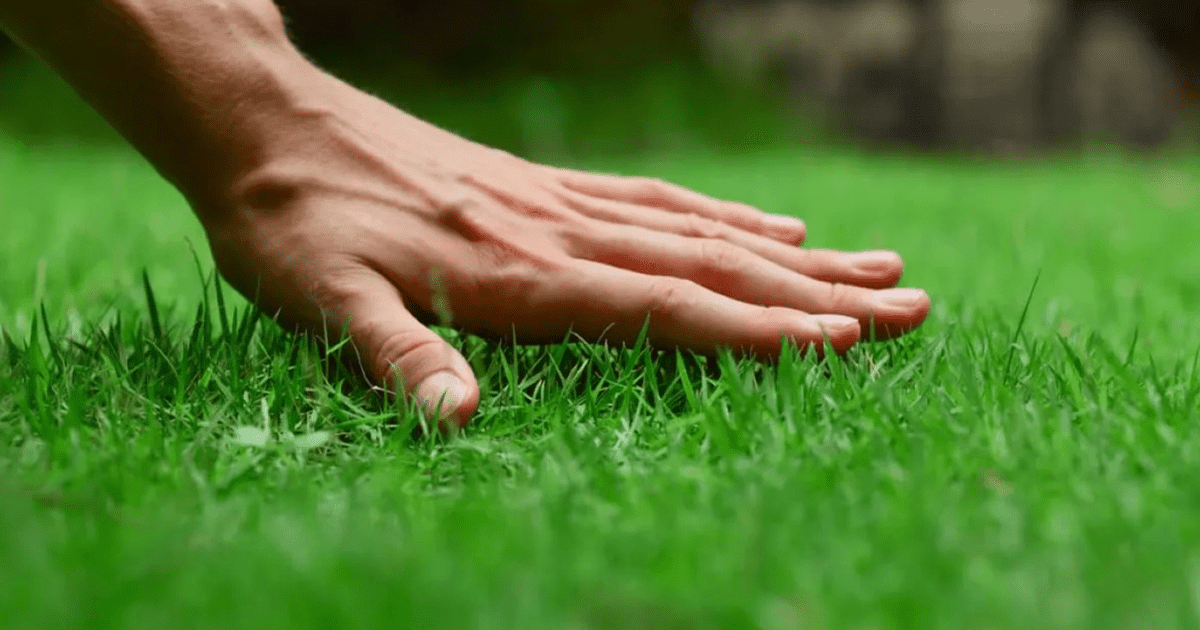
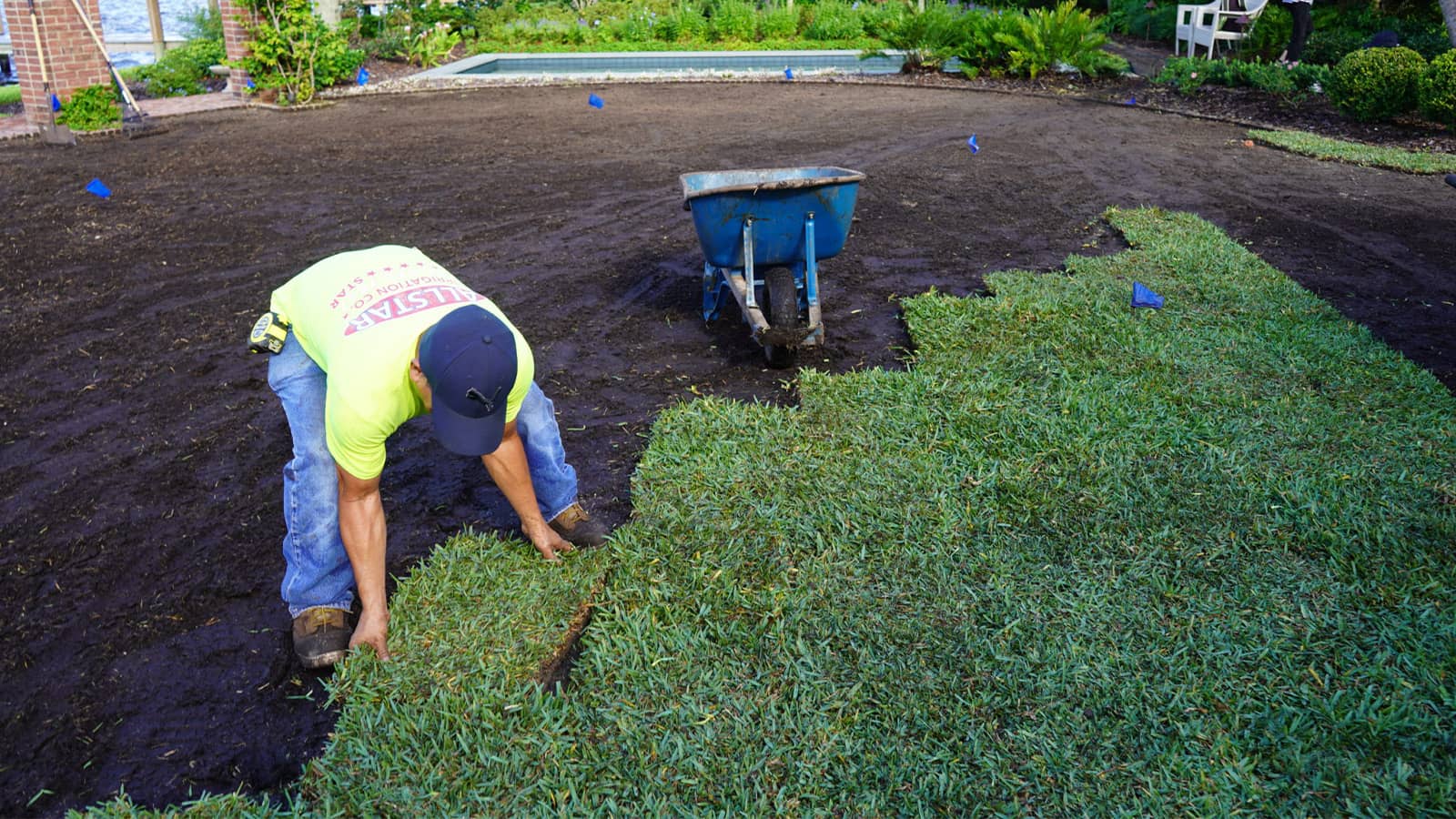
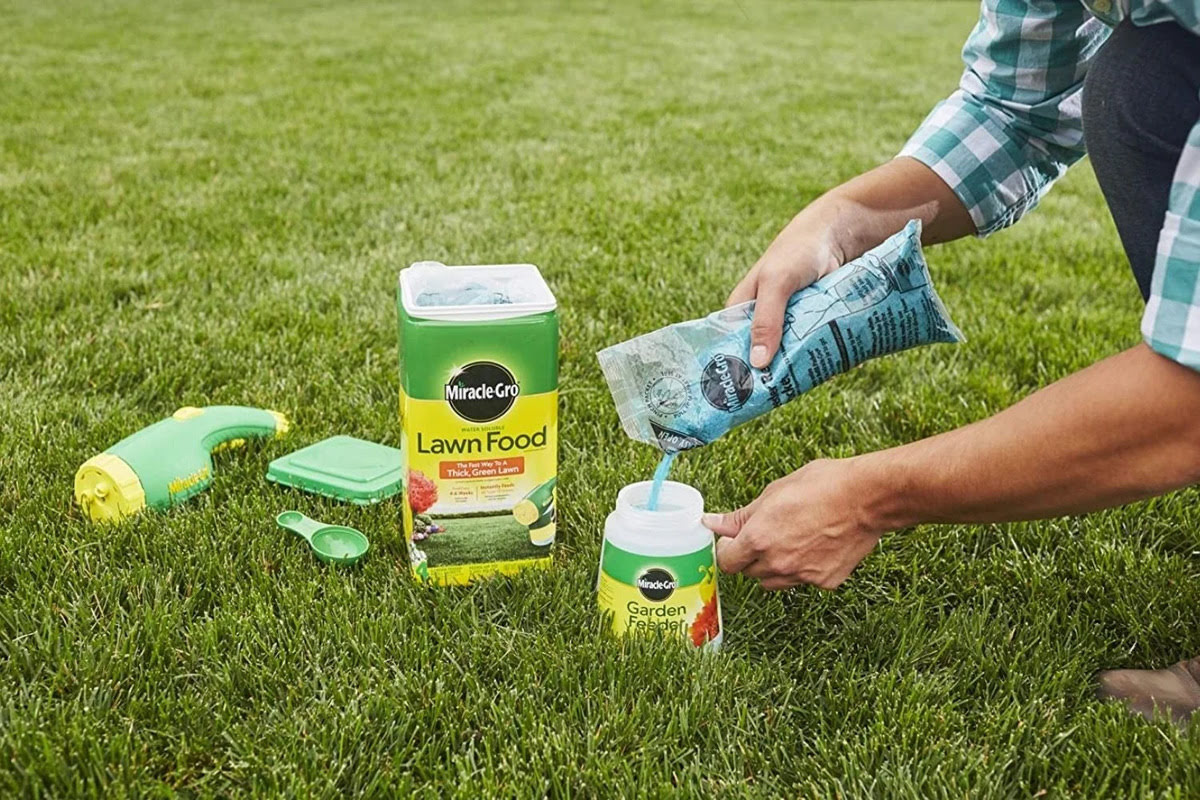
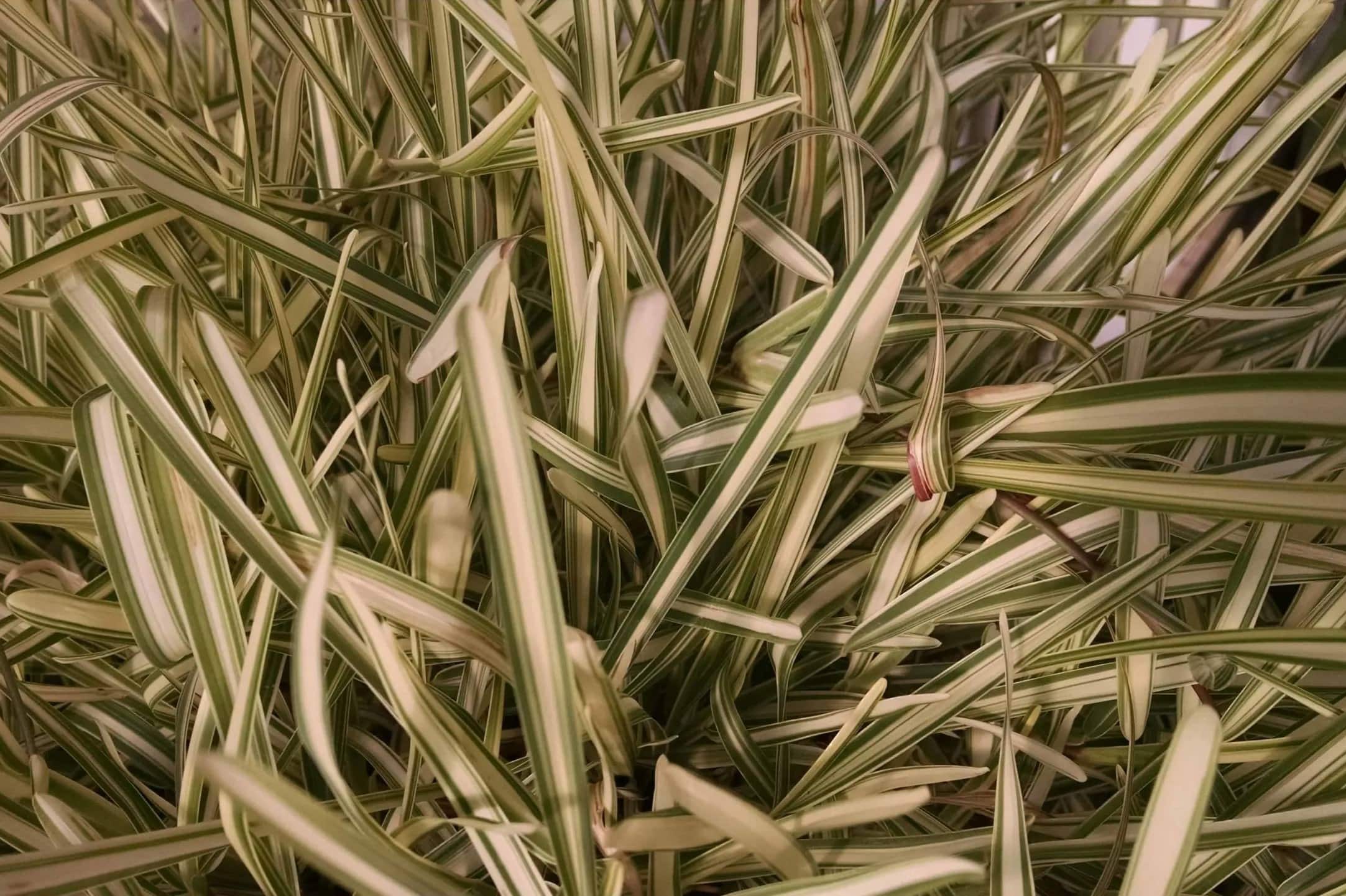
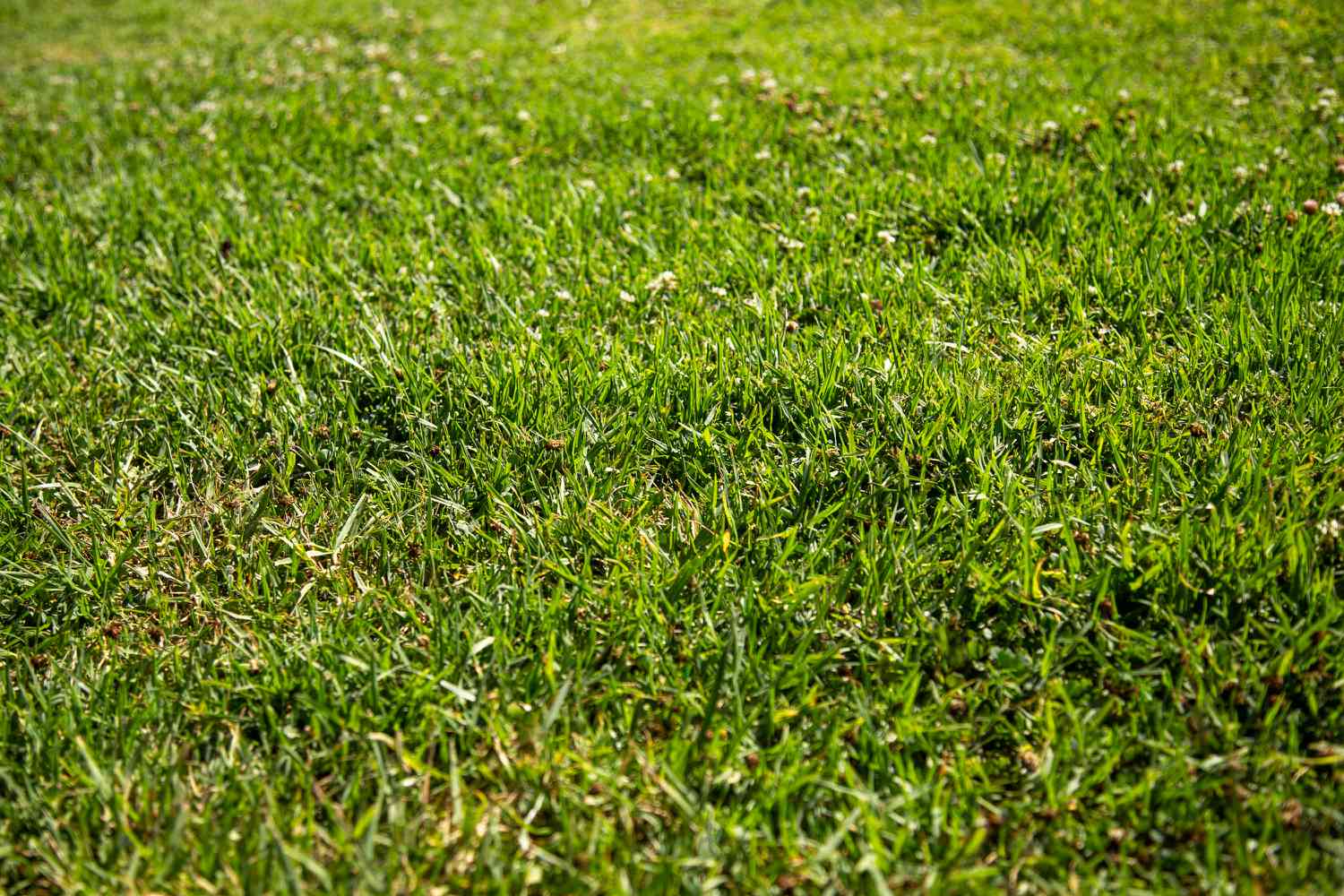
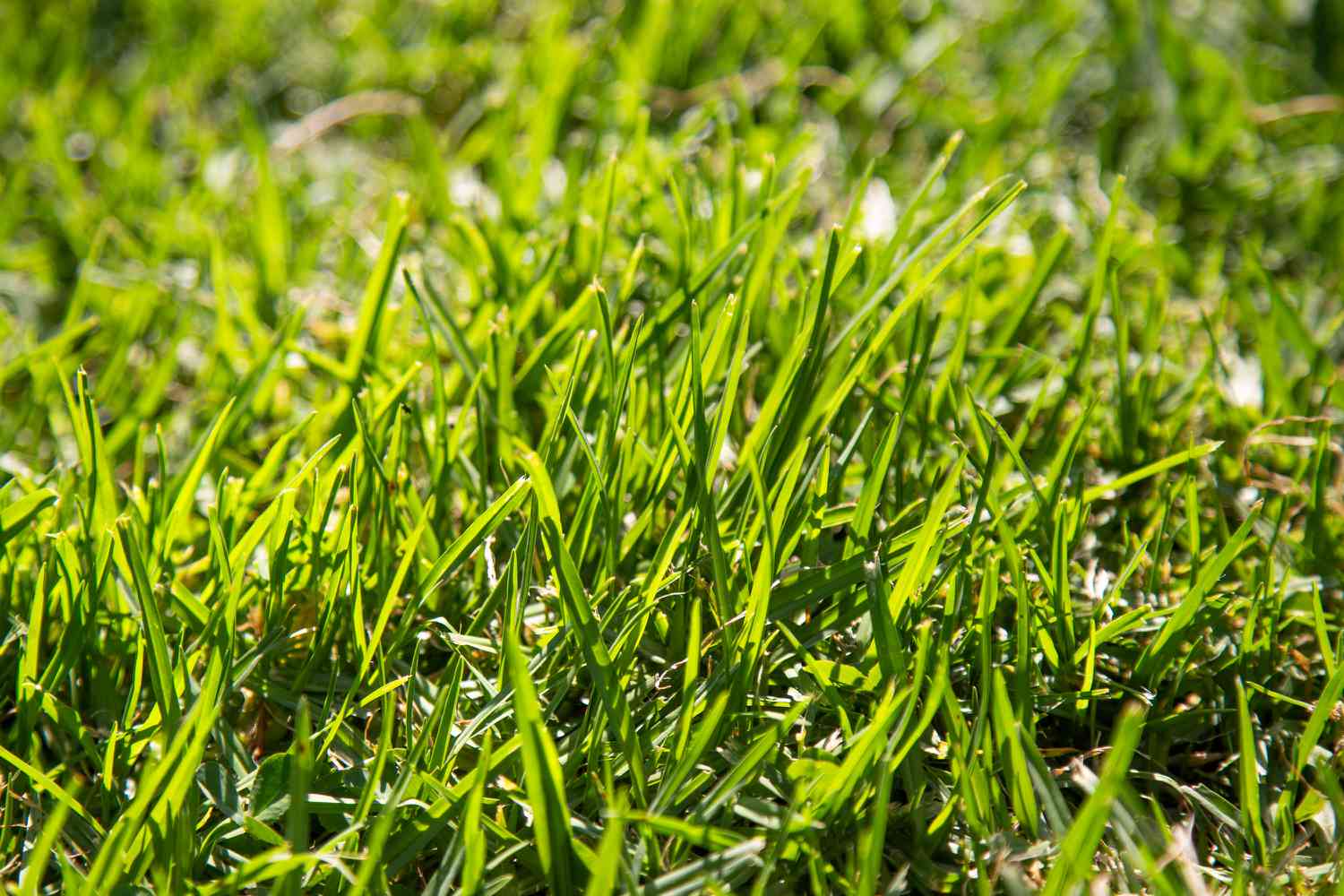
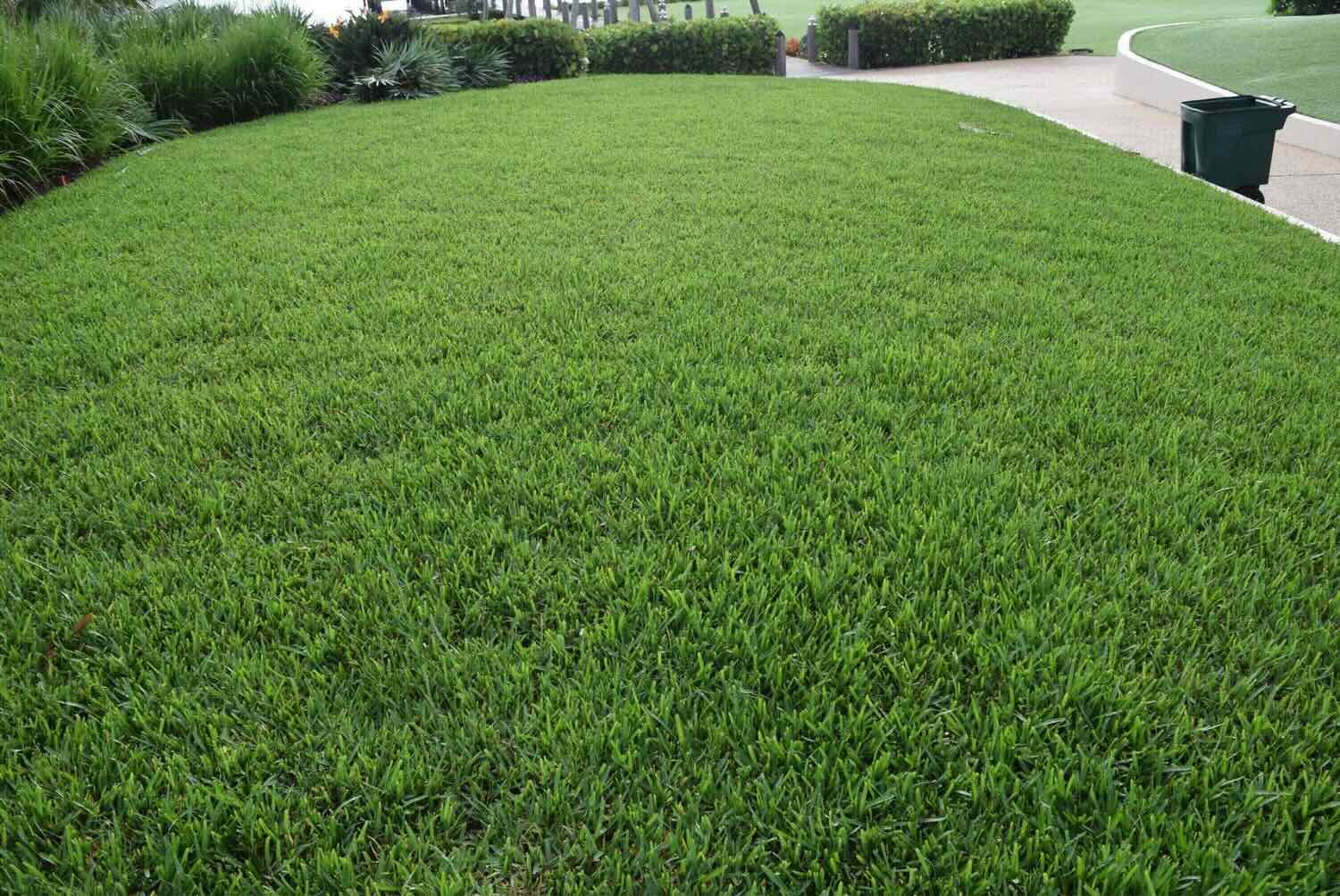
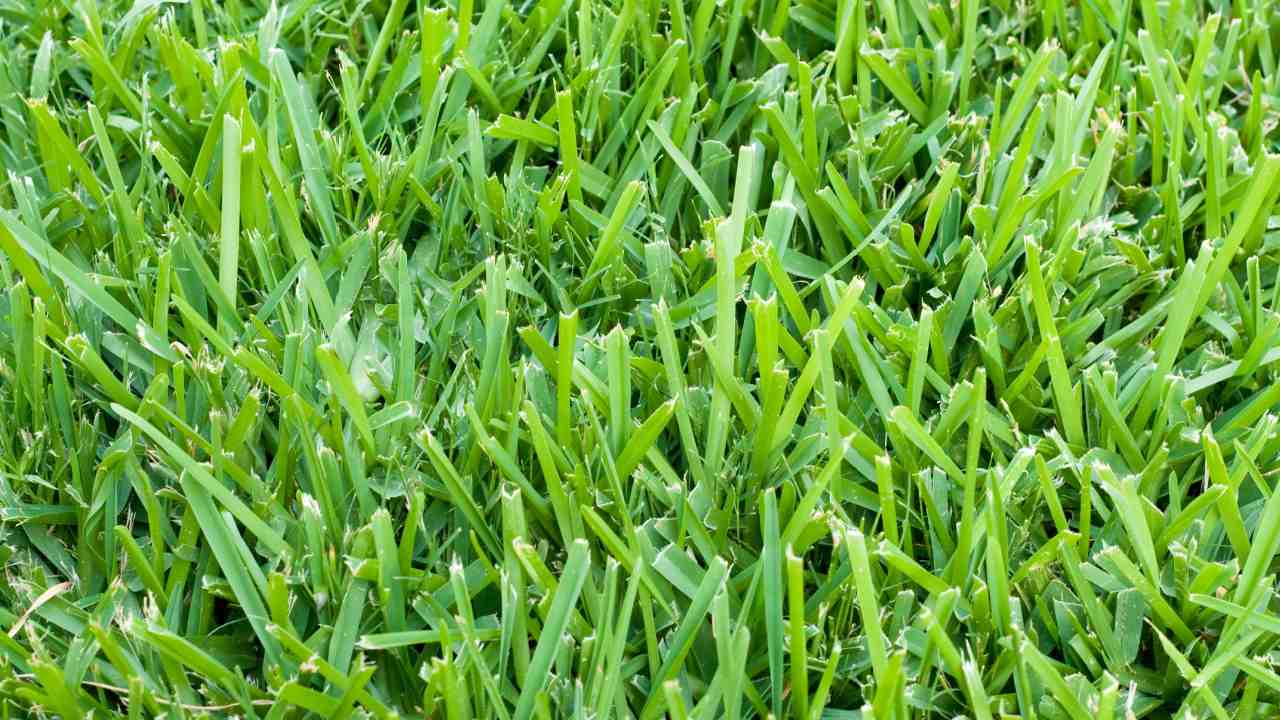
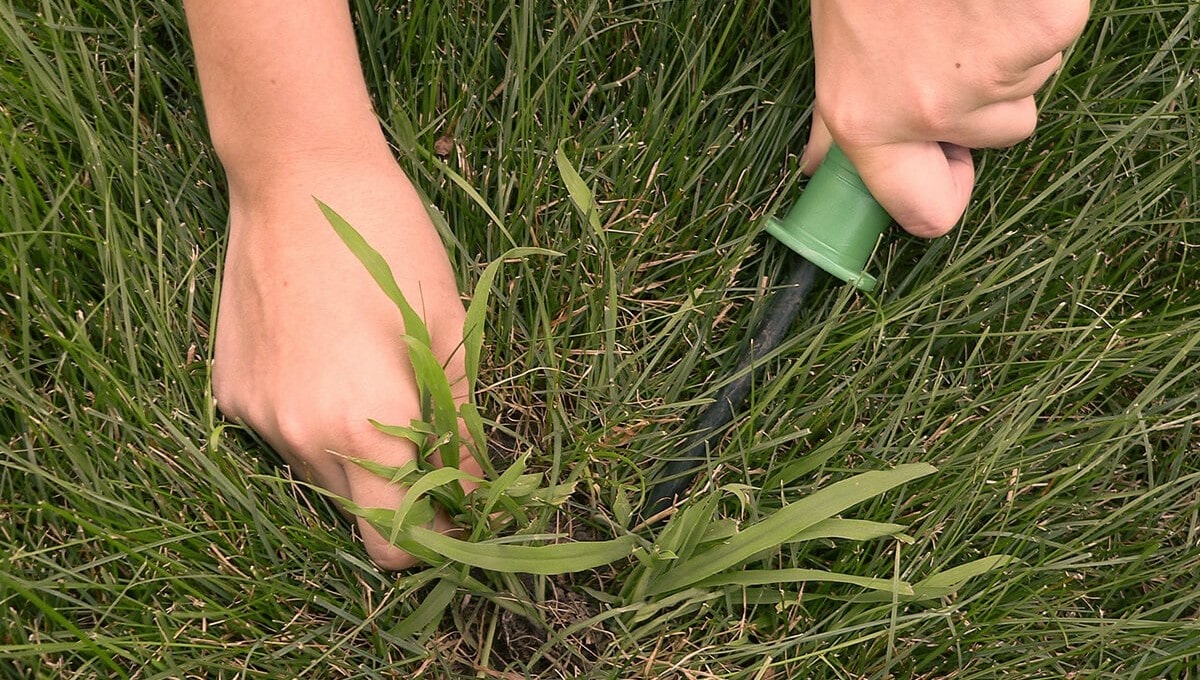
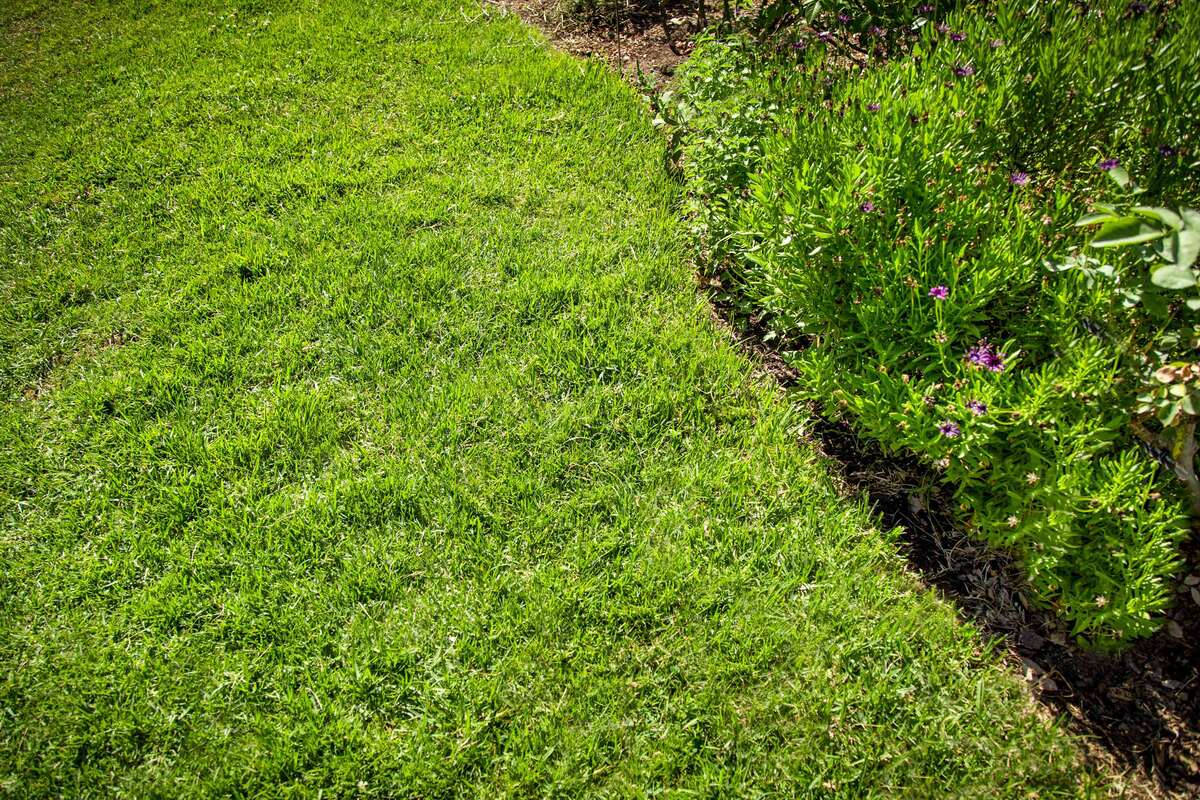
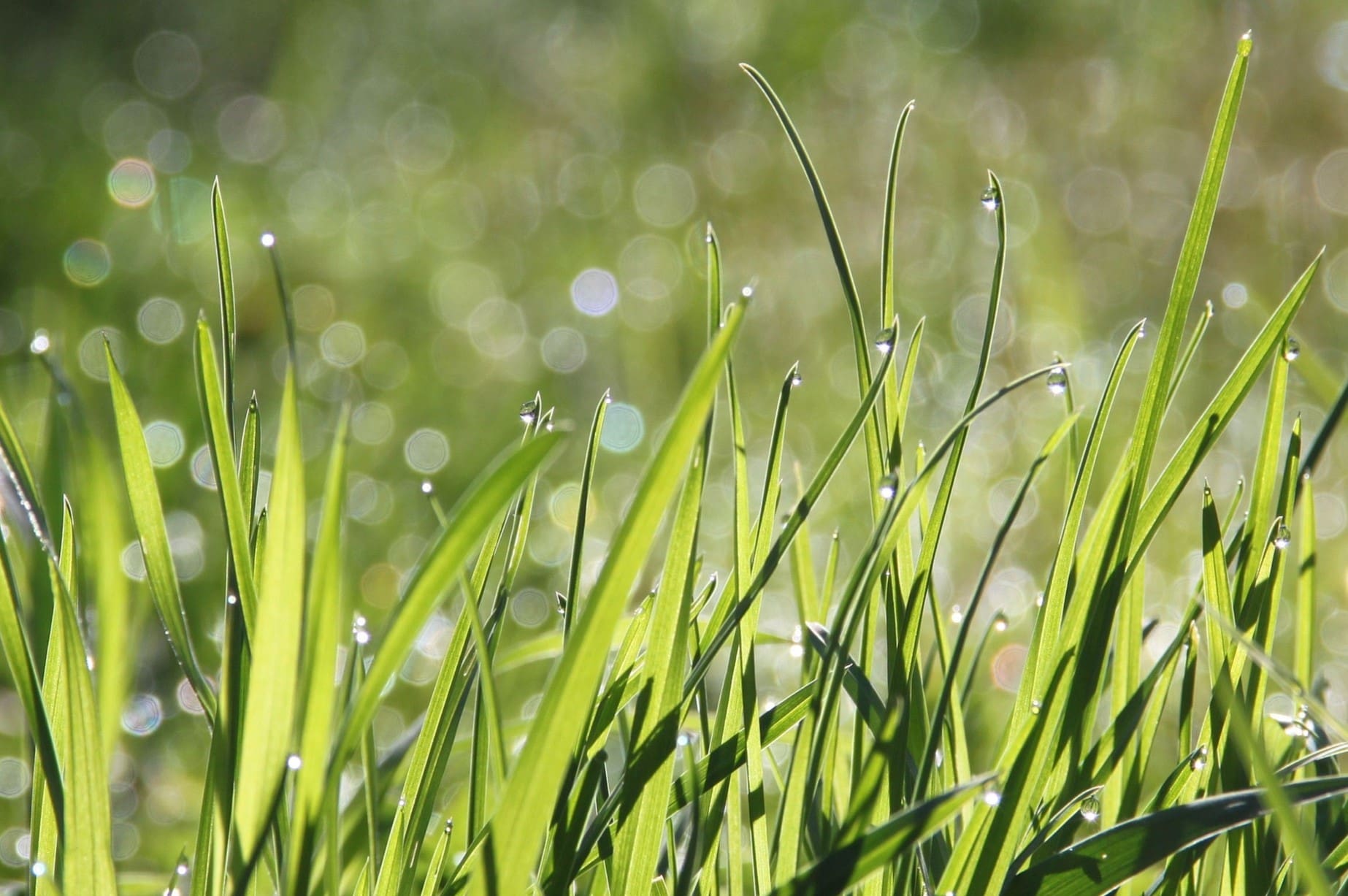
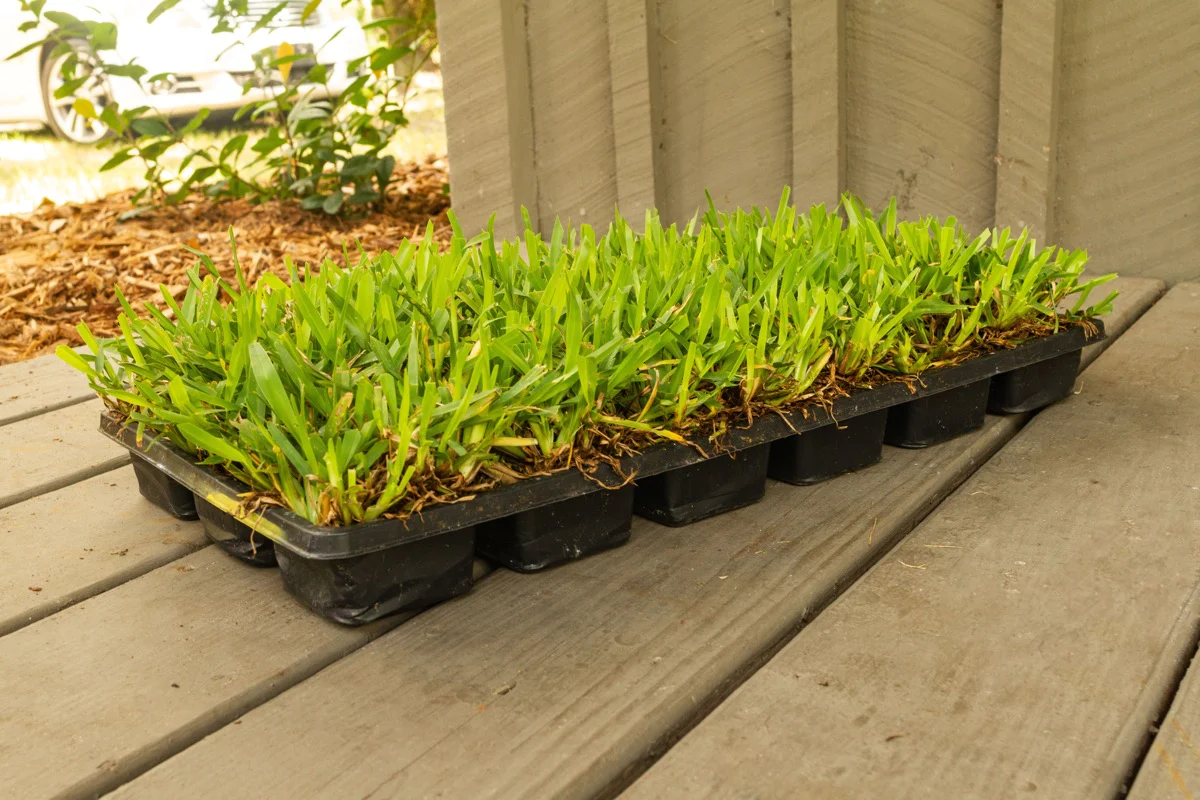
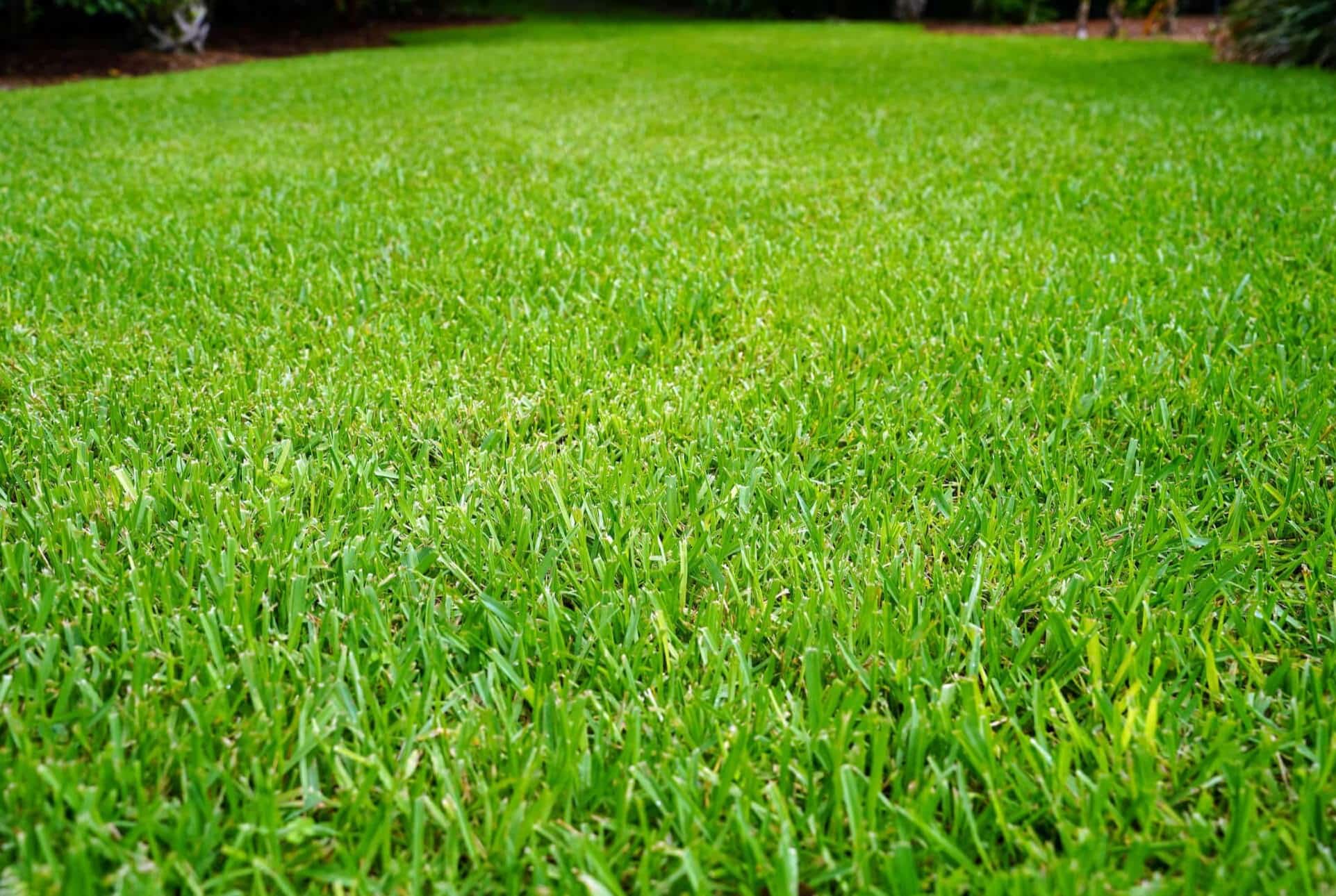
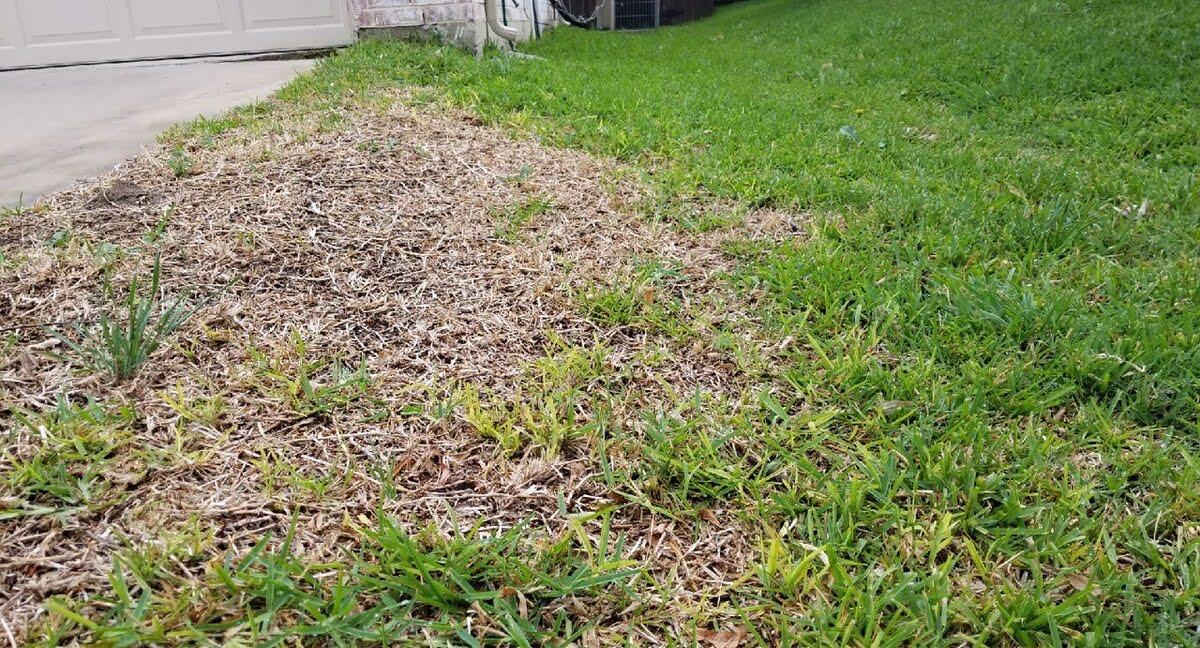

0 thoughts on “What Grass Looks Like St. Augustine”